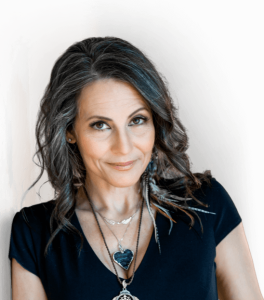The average 4-year college degree is a $150,000 investment. That investment is either made by parents who are already terrified about not having enough saved for their own future (and they secretly know it’s not likely even going to be valuable) OR it’s made via loans taken on by the students who will leave college with limited job prospects, drowning in dischargeable debt.
Only 1 out of 5 college students leave with a job on graduation day. And only 48% of those jobs even require degrees. The other jobs are server, barista, and nanny type jobs that didn’t require a degree anyway.
College debt is the second largest source of debt in the country, to the tune of $2.1 trillion. We are saddling our future with obligations before they’ve even begun. 70% of all Americans who have gone to college have an on average debt of $35,000. Go to a private school or out of state and you can easily triple that.
We are facing a reality where investing in your child’s college education or persuading them to do it themselves could actually be the biggest detriment to your family’s overall wealth for generations to come.
We’ve known this for a while. I imagine it may even keep you up at night to some degree. And if it hasn’t, perhaps it will now because it’s actually something fairly easy (within the context of the major issues we are facing as a global family) to fix.
Until now, there have not been clear solutions. Fortunately, our youth are coming of age in a way that has them envisioning a new, sustainable future. They’re asking the right questions, and they have the right answers.
Now, what they need is us. And, finally, there is a solution you can say yes to easily, right now, that will begin to create another possibility and provide our next generation with the resources they need so we can all sustain.
When you get there, read about the initiative that my good friend, Jules Schroeder, is creating to provide an alternative path for higher education, a path that is critical for us to step into now so our youth generation stops wasting our resources on education that doesn’t pay off and shift our investments into an education that will create more for all of us.
If you have any questions, I’d love for you to ask them, send me a message at [email protected]. Or, if you see the critical importance of this issue, as I do, please share this post with anyone else who may be ready to shift the way we are supporting our youth to step into the future.
So very much love,
Ali
PS — Please do not leave this page without reading the info from this link and making the choice to invest as much as you can into creating a new paradigm of higher education that truly serves us and our youth. We all thank you.














